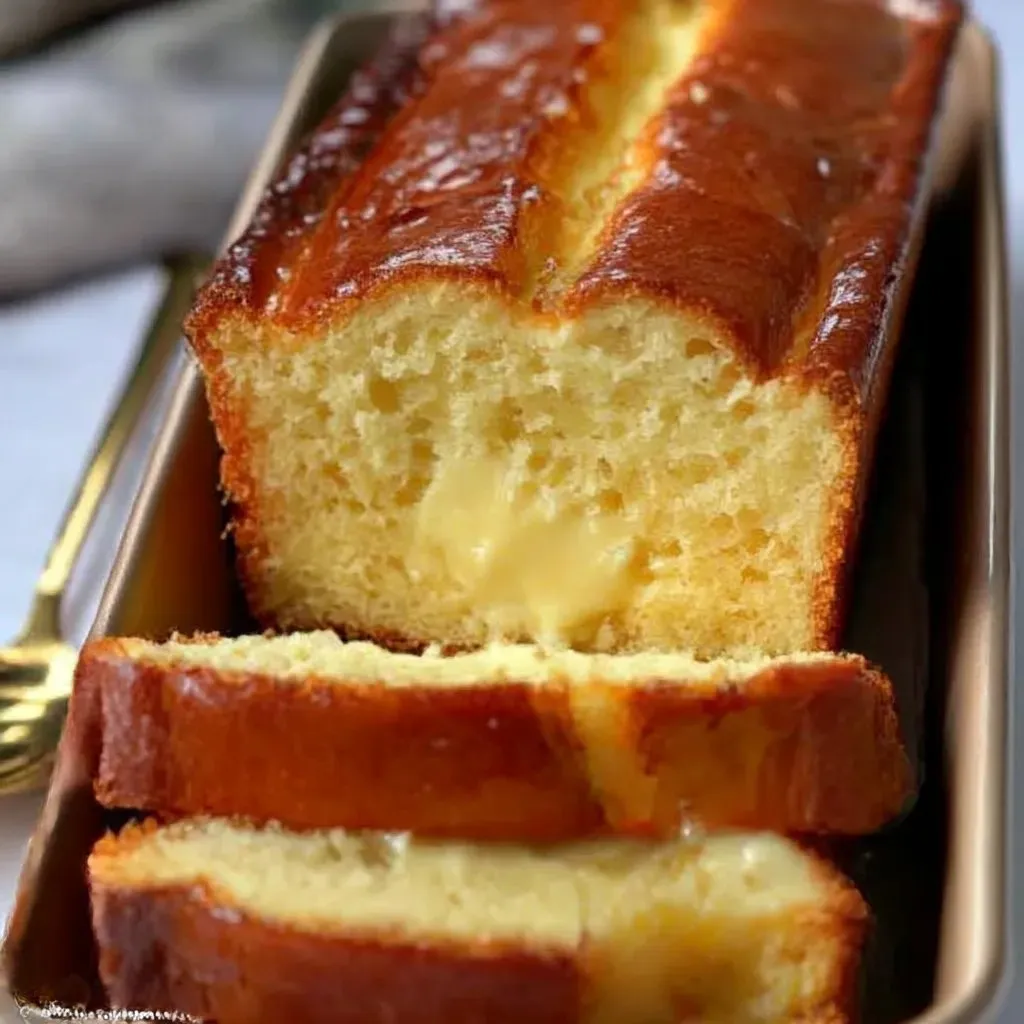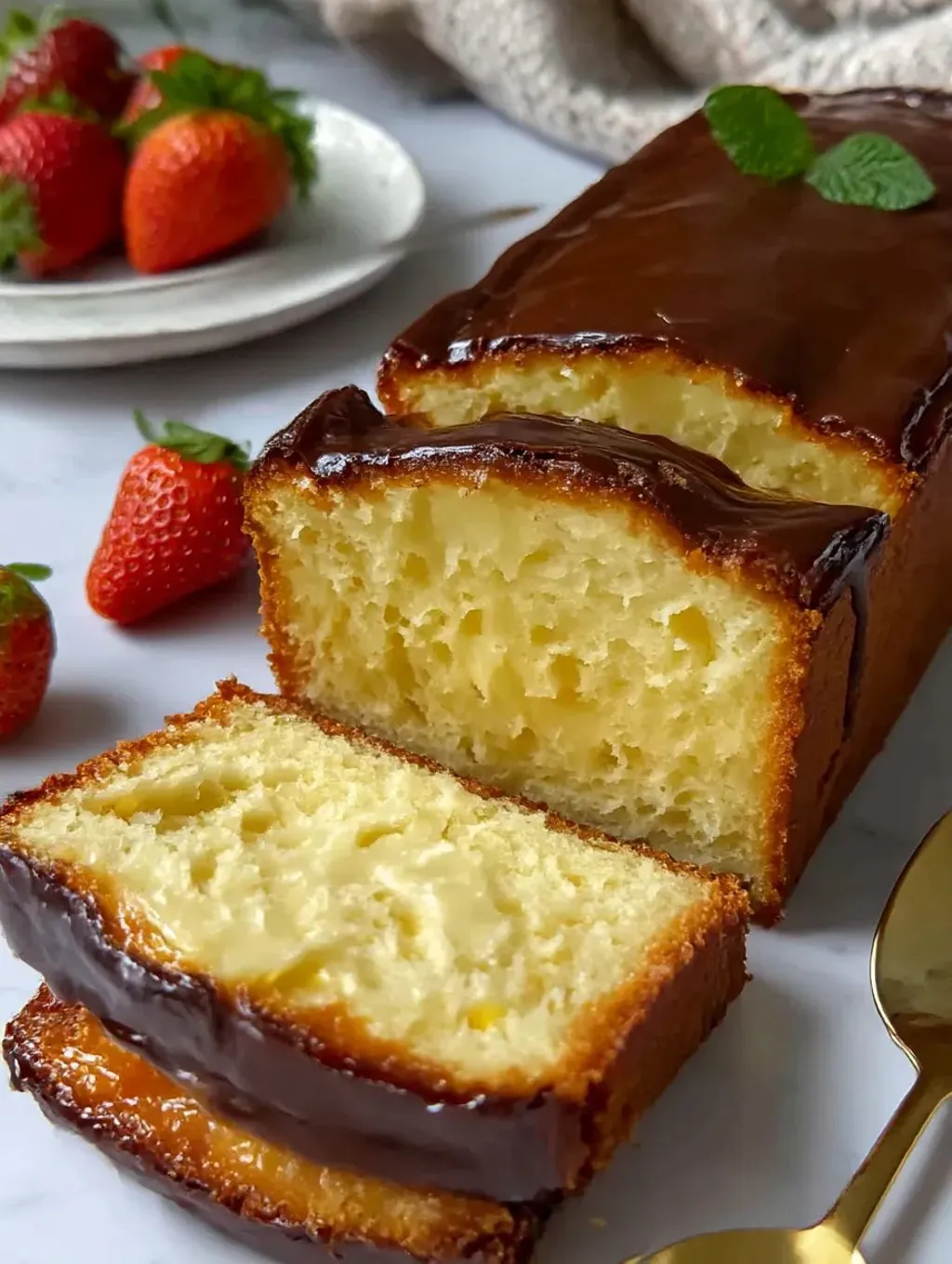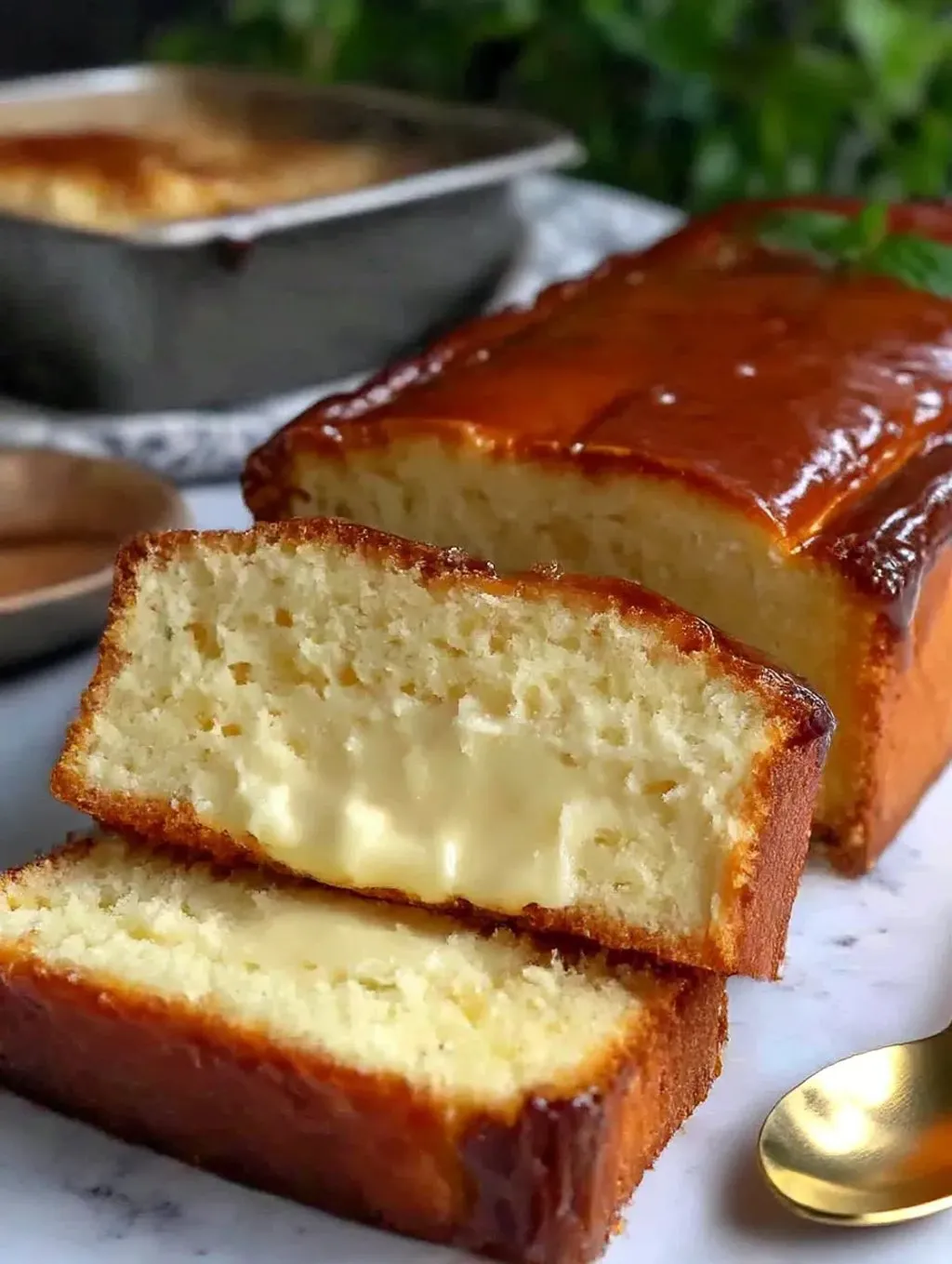 Pin
Pin
This burnt Basque cheesecake in a loaf pan is my answer anytime I crave something rich creamy and utterly satisfying but do not want a full-size dessert hanging around for days. Preparing this small batch means there is just enough for everyone to enjoy a slice and the caramelized top with just-set custard center feels special even on an ordinary afternoon
The first time I made this was a late-night experiment with what I had on hand it instantly became my secret weapon for impromptu celebrations
Ingredients
- Cream cheese: Use full-fat for ultimate creaminess and allow it to come to room temperature for easy mixing
- Granulated sugar: Creates that clean classic sweetness and helps brown the top
- Large eggs: Room temperature eggs help keep the filling smooth avoid cold eggs for best texture
- Heavy cream: Makes the cheesecake rich and adds a luscious melt-in-your-mouth feel
- Vanilla extract: One of the flavor anchors seek out pure vanilla for depth
- Salt: Just a pinch makes all the flavors pop use fine sea salt if you can
- All-purpose flour: This tiny bit is key for a smooth but still custardy set sift first to avoid lumps
Step-by-Step Instructions
- Prep the Pan:
- Line your loaf pan with parchment paper making sure there is enough overhang on the sides to help lift the cheesecake out later this makes unmolding much easier and keeps cleanup quick
- Make the Cheesecake Batter:
- In a large mixing bowl beat softened cream cheese and granulated sugar together until the mixture is super creamy and looks almost fluffy this usually takes about three minutes by hand or with a mixer be patient and scrape down the sides so every bit gets mixed
- Add the Eggs:
- Crack in one egg at a time beating well after each addition until the batter is smooth adding eggs individually means you get a velvety filling with no streaks
- Incorporate the Cream and Flavorings:
- Pour in the heavy cream add vanilla extract and sprinkle the salt over the surface beat the batter again until it looks silky and fully combined you want it smooth and pourable but not runny
- Fold in the Flour:
- Sift the all-purpose flour directly over the batter and then gently fold it in using a spatula stop when you do not see any dry patches overmixing can give you a tough cheesecake
- Fill and Bake:
- Pour the cheesecake batter into your prepared pan smooth the top if needed and gently tap the pan on the counter to pop any air bubbles bake on the center rack at four hundred degrees Fahrenheit until the top is deeply bronzed and the edges puff the center will still look wobbly after about forty five minutes
- Cool and Chill:
- Let the cheesecake cool to room temperature in the pan which helps it firm up then move it to the fridge uncovered for at least four hours overnight is better for tidy slicing and a creamy set
 Pin
Pin
My favorite part is the contrast from the brûléed top to the lush interior ever since I made one for my birthday my family jokes that it is now a requirement at every celebration
Storage Tips
After slicing wrap each piece tightly in plastic or stash the whole pan covered in the fridge it keeps well for up to three days and actually tastes more flavorful after a day resting cold if you want to freeze leave the cheesecake whole and wrap twice thaw overnight for the best slice
Ingredient Substitutions
If you are out of heavy cream substitute full-fat sour cream for a slightly tangier result or try half greek yogurt and half cream for a lighter approach do not use low-fat cream cheese as it will not set right or taste as rich
Serving Suggestions
This cheesecake is lovely on its own but a spoonful of berry compote or a dust of espresso powder on top takes it to another level sometimes I add a drizzle of honey or a few shards of dark chocolate for a grown-up twist
 Pin
Pin
Cultural Note
Burnt Basque cheesecake hails from San Sebastián Spain where it became famous for its intentionally scorched top and creamy almost liquid center baking it in a loaf pan is a clever solution for small households or when oven space is tight you still get all the character in a friendlier size
Recipe FAQs
- → Why is the cheesecake baked at a high temperature?
The high temperature creates a caramelized, almost burnt top while keeping the inside creamy and custardy, which is characteristic of Basque-style cheesecakes.
- → Can I use a different pan instead of a loaf pan?
Yes, you can use a different similarly-sized baking dish, but the loaf pan helps achieve the signature tall, sliceable shape ideal for small-batch servings.
- → How do I know when the cheesecake is done baking?
The top should be deeply golden and the center should still jiggle slightly. Avoid overbaking for the best creamy texture.
- → Do I need to chill the cheesecake before serving?
Yes, chilling is essential for setting the creamy texture and making clean slices. Refrigerate for at least 4 hours or overnight.
- → Can I make this dessert ahead of time?
Absolutely. In fact, it tastes best after chilling overnight, which makes it perfect for preparing in advance.
